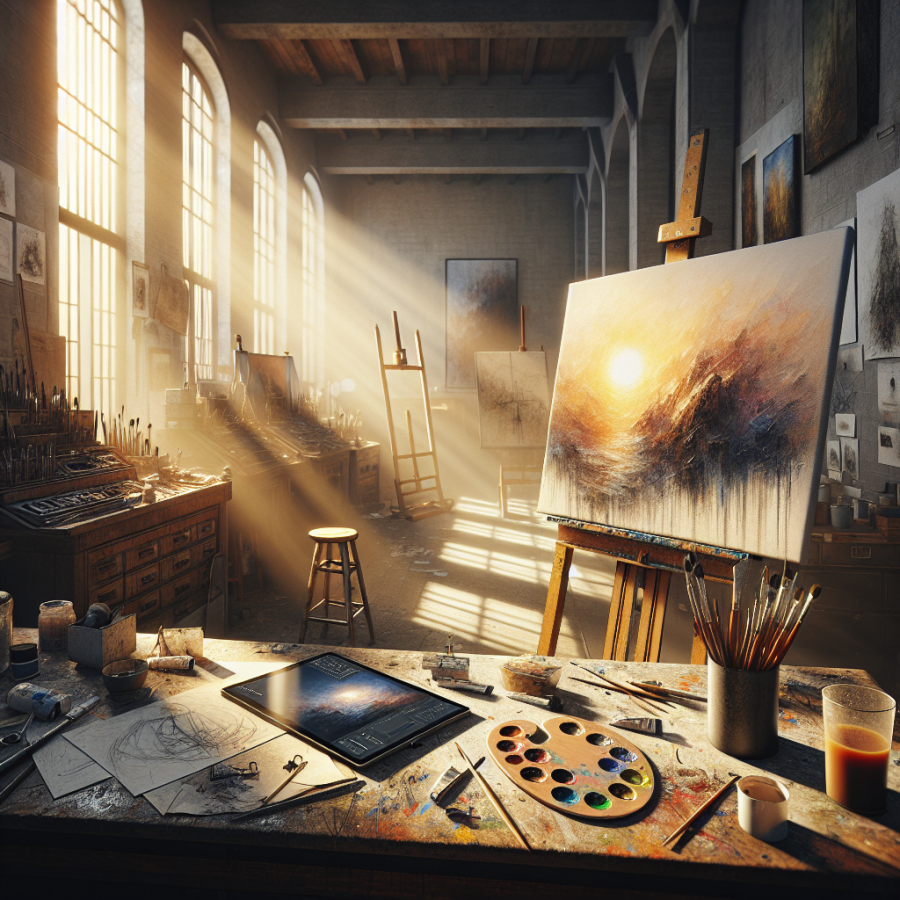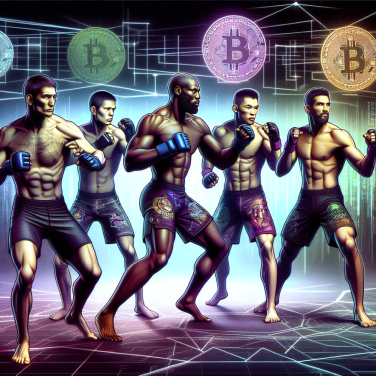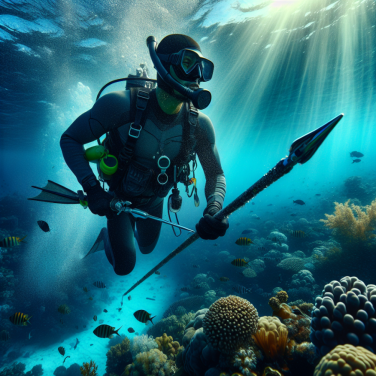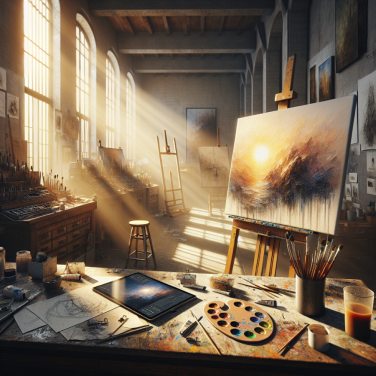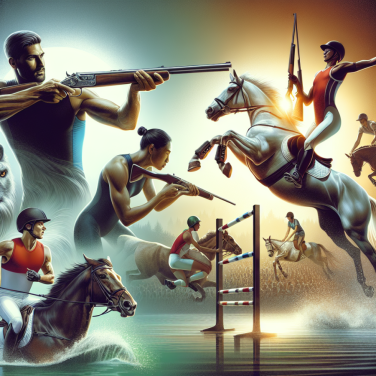The Evolution of Artistic Expression in the Age of Blockchain Technology
The world of art has always been a dynamic and ever-evolving sphere, consistently pushing the boundaries of what is possible in visual and conceptual expression. With the advent of blockchain technology, artists have found a new frontier to explore, one that has far-reaching implications for the creation, ownership, and distribution of art. This discourse delves into the various aspects of how blockchain, specifically through Non-Fungible Tokens (NFTs), is fostering a new paradigm in artistic innovation.
At the heart of the blockchain art revolution is the concept of digital scarcity. Traditionally, digital art has faced the challenge of replication and distribution, which often made it difficult for artists to monetize their work. Blockchain technology, however, allows for the creation of unique, indivisible tokens that can be paired with digital assets, making them one-of-a-kind or part of a limited edition. This aspect of blockchain gives digital artworks a sense of exclusivity and collectibility akin to physical artworks.
Many artists have taken to this new medium with gusto, experimenting with the ways in which they can leverage NFTs to gain more control over their works. Artists can embed royalties into their digital art NFTs, ensuring that they earn a percentage of the sales each time their art is sold or changes hands on the secondary market. This continuous revenue stream is an attractive proposition, especially when compared to the traditional art market, where artists typically benefit only from the initial sale.
The decentralization of the art market is another cornerstone in the blockchain art revolution. Decentralized platforms have sprung up, allowing artists to directly reach collectors and bypass traditional gatekeepers such as galleries and auction houses. This disintermediation has empowered artists, giving them greater autonomy and the chance to form direct relationships with their audience.
One notable area of innovation in the blockchain art space is the interactivity and multimedia experience offered by some NFTs. Artists are not just selling static images; they are creating interactive pieces that can evolve over time, react to their owners, or be part of immersive experiences. These novel art forms are redefining what it means to own and engage with art.
Furthermore, the convergence of art and blockchain has spawned new forms of collaboration and collective art projects. Artists can collaborate on pieces without geographical restrictions, and even fractional ownership of art through tokenization is now possible. Such collaborations and shared ownership structures were complex and challenging to manage before the emergence of blockchain.
Read also:
Spearfishing Secrets: Mastering the Art of Underwater Hunting
Harnessing NFTs for Artistic Authenticity and Ownership
In the evolving landscape of digital art, artists are seeking new ways to assert their rights to authenticity and ownership of their creations. The introduction of Non-Fungible Tokens (NFTs) has revolutionized the concept of art ownership on the digital plane, giving artists unprecedented control over their works.
Traditionally, the replication and distribution of digital artwork posed a significant challenge for artists. Without a physical object to claim ownership of, the lines between original and copy became blurred. The use of NFTs, which are essentially blockchain-verified digital certificates of authenticity, has provided a solution to this dilemma. Each NFT is tied to a singular work of art, confirming its originality and tracing its provenance.
The blockchain's immutable ledger ensures that every transaction involving the NFT is recorded, making the process of buying, selling, and collecting digital art more transparent. This brings a level of security and trust to digital transactions that was previously absent. Furthermore, smart contracts enable artists to receive royalties automatically whenever their art is resold, a feature that empowers creators economically by facilitating a continuous revenue stream.
Forward-thinking artists are embracing this technology not only to secure their works but also to push the boundaries of what can be considered art. They're experimenting with interactive pieces where the NFT enables certain features or experiences exclusive to the token-holder. Such innovations enhance the value of digital art, elevating it to experiences that can evolve over time or interact with their collectors.
On the other hand, the immutability of NFTs raises new questions about the flexibility of digital art ownership. Once an NFT is created, its record on the blockchain cannot be altered, which means the initial conditions, such as royalty percentages or ownership rights, are permanently set. Artists are now called to understand and navigate these conditions carefully before minting their digital works as NFTs.
Moreover, the environmental concerns of blockchain technology cannot be ignored. The energy consumption required to maintain the blockchain and to mint NFTs is substantial, which has led to criticism about the environmental impact of this new market. Artists and tech developers alike are seeking more sustainable blockchain solutions to mitigate these concerns, such as moving toward proof-of-stake protocols or exploring alternative, energy-efficient blockchains that reduce the carbon footprint associated with NFT creation and exchange.
In summary, NFTs are furnishing artists with powerful tools for affirming the authenticity and ownership of their digital creations.
